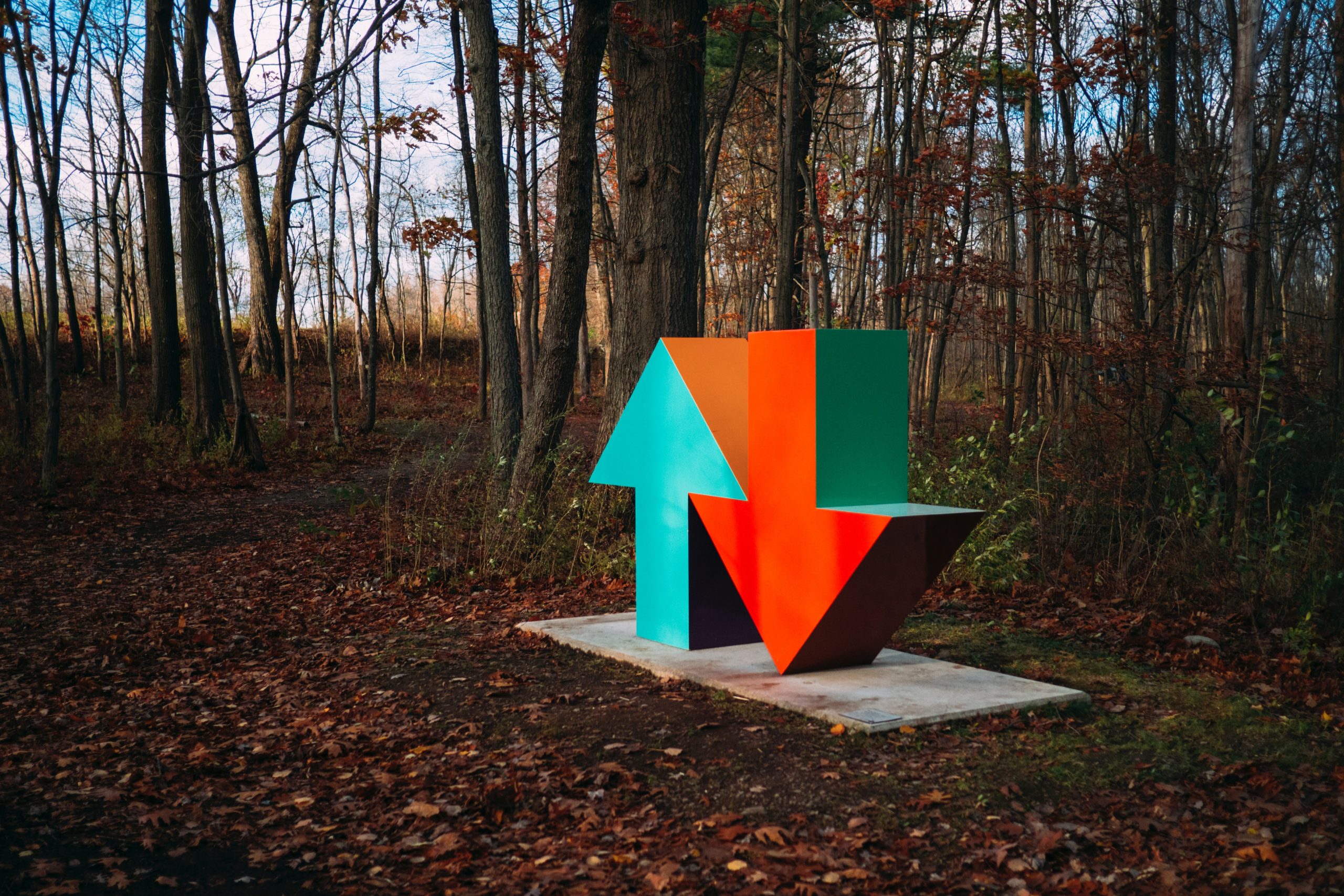See the invisible and build associations that don’t exist
Taking a seeing trip can be a great way to energize and inspire both individuals and teams before embarking on a creative task. Use this simple technique before your project kickstart, when you’re feeling stuck, or when you’re seeking fresh insights and inspiration. The following will guide you through the process, give you advice, tips and recommendations on how to plan one and how best to make use of the information that it gathers.
When should you use a Seeing Trip?
When you or your team is looking for inspiration or needs to get immersed in a new area you don’t have a lot of knowledge about.
What will you need?
- Notebook and pen
- Digital recorder (if available)
- Camera (your smart phone)
- Eyes and ears!
What exactly is a seeing trip?
It’s an individual or team outing, typically between 1 and 2 hours long, where the whole team gets immersed in someone else’s world – to learn about an unfamiliar topic, see the world from a new perspective, or get creatively inspired and engrossed by a different approach. The team observes, takes notes, and looks for insights to bring into your project. For example, let’s say you’re developing a new app, or interactive tool, you might go ono a trip to a local game store or video arcade to observe how people play and interact with one another, how they behave, what they say, how long they spend playing, what the machines look like, what the gameplay is like etc. And you look, note and photograph what that world looks like, both from a physical point of view, and an emotional standpoint – anything that could be utilised within your new interactive tool can inspire; colour, sound, shape, position, popularity.

What’s the goal of a seeing trip?
The main purpose of a Seeing Trip is to gather information and inspiration you can use to uncover larger insights about people, spaces and experiences. You do this by either observing something entirely new or taking a fresh lens to something you already know.
Where should you go?
This all depends on the specifics of your project, but here are some starting suggestions.
If your project involves a retail environment, visit other spaces that create similar experiences, but maybe mix it up and select a completely different sector or market of operation – take inspiration from different industries, maybe they’ve been doing it a lot longer, have already established a brand and reputation, and you can learn from them.
If your project involves a new product or service, go to places where people are using the products, or similar products or services. For example; if you’re working on a new exhibition stand or display, head off to an exhibition in a completely different market, see what they’re doing, go to a large retail store that you’ve not been to before (or not recently). It’s the smallest of things and observations that can create the biggest impact.
It’s not rocket science. Right?
It’s simple. Here are four components to lead a successful Seeing Trip – and remember you can do this alone, or with a team. Keep things easy, keep the time tight, and keep the feedback flowing.
- BRAINSTORM with the team members or others about the kinds of places to go. Look for places that are easy to get to, park if you’re driving, short distance if you’re walking – or better still jump onto public transport, as you’ll probably see more along the way that you would if you drive yourself.
- BREAK THE TEAM into pairs, each with a specific assignment of what to observe and report back on – this could be anything that relates to your project; shapes, colours, fonts, sound, interaction/reaction, smell/flavour etc.
- WRITE DOWN EVERYTHING, draw sketches, record sounds, photograph of what you see. Do this continually, even if you don’t think it’s insightful, when you get back and discuss your observations, someone else may add and extend your insights.
- REGROUP and debrief what each group or individual saw, learned and observed.
What do I look for?
When you get out there, your job is to gather bits of information and inspiration. To do that, you need to be a fly-on-the-wall, photojournalist, reporter and voyeur!
Look for patterns, pay attention to:
- Your first impressions, and what created them – good or bad
- Anything that creates an emotional reaction or response
- The details that make something special and out of the ordinary
- The environment and the feelings it gives you – this could be words, sounds, smells, locations
- If there are any restrictions, barriers to what you want to do, and how that effecting your experience or path
- The way people interact with one another whilst you’re in an environment
- Things people say, how they behave, how you think they’re feeling
- The typical profile of the people experiencing what you’re experiencing; the customers, staff etc.
What to do when you get back?
Firstly, compare notes right away – don’t wait until the next day. Do this immediately and you’ll get the fresh insights that you need. See the patterns or differences from each individual. Capture all the similarities on a board, along with printouts of photos, sketches and key observations from the trip.
If you selected the right location, the team members were invested in the process and they came back with their heads full of ideas and inspiration – you’ll have something more than you had 2 hours before.







